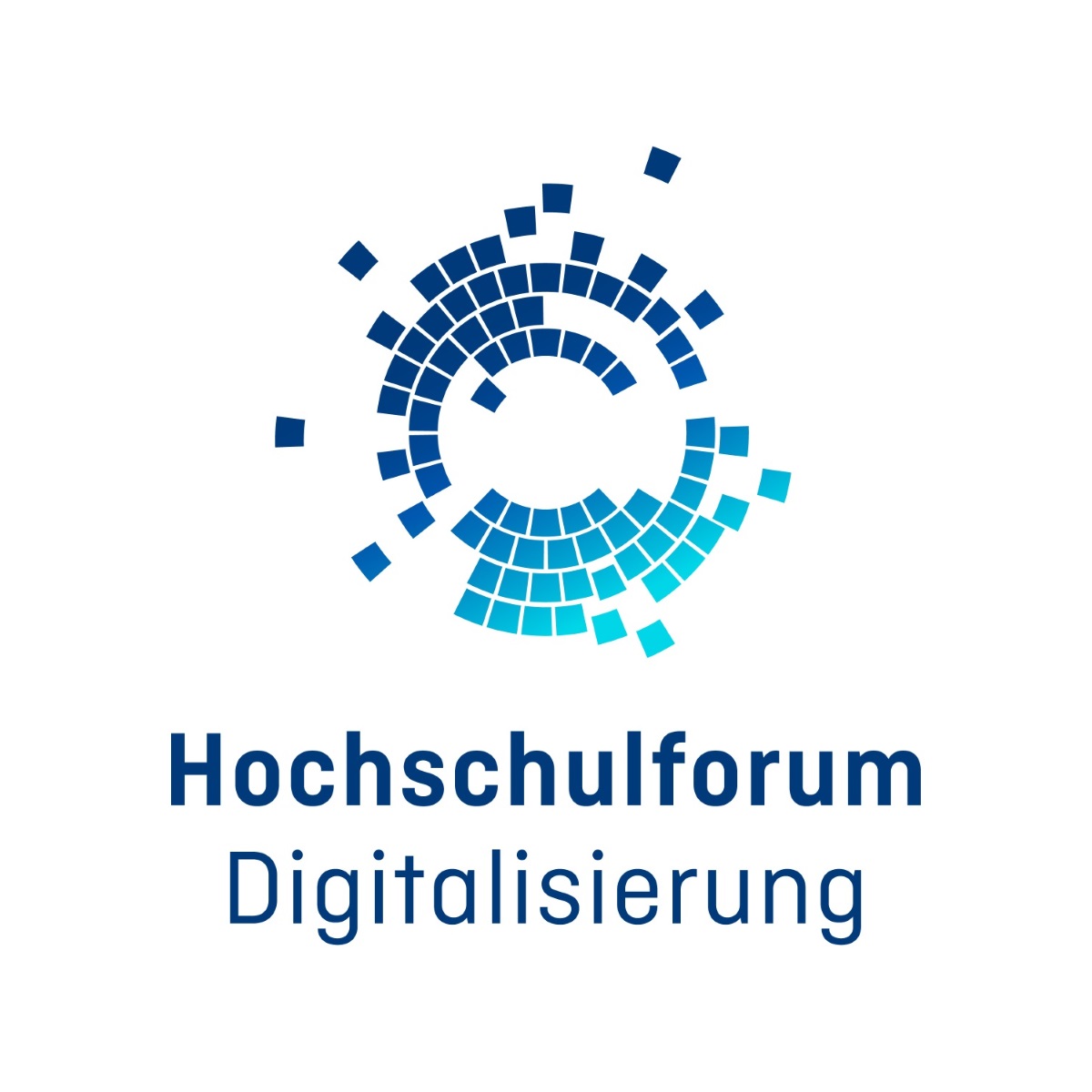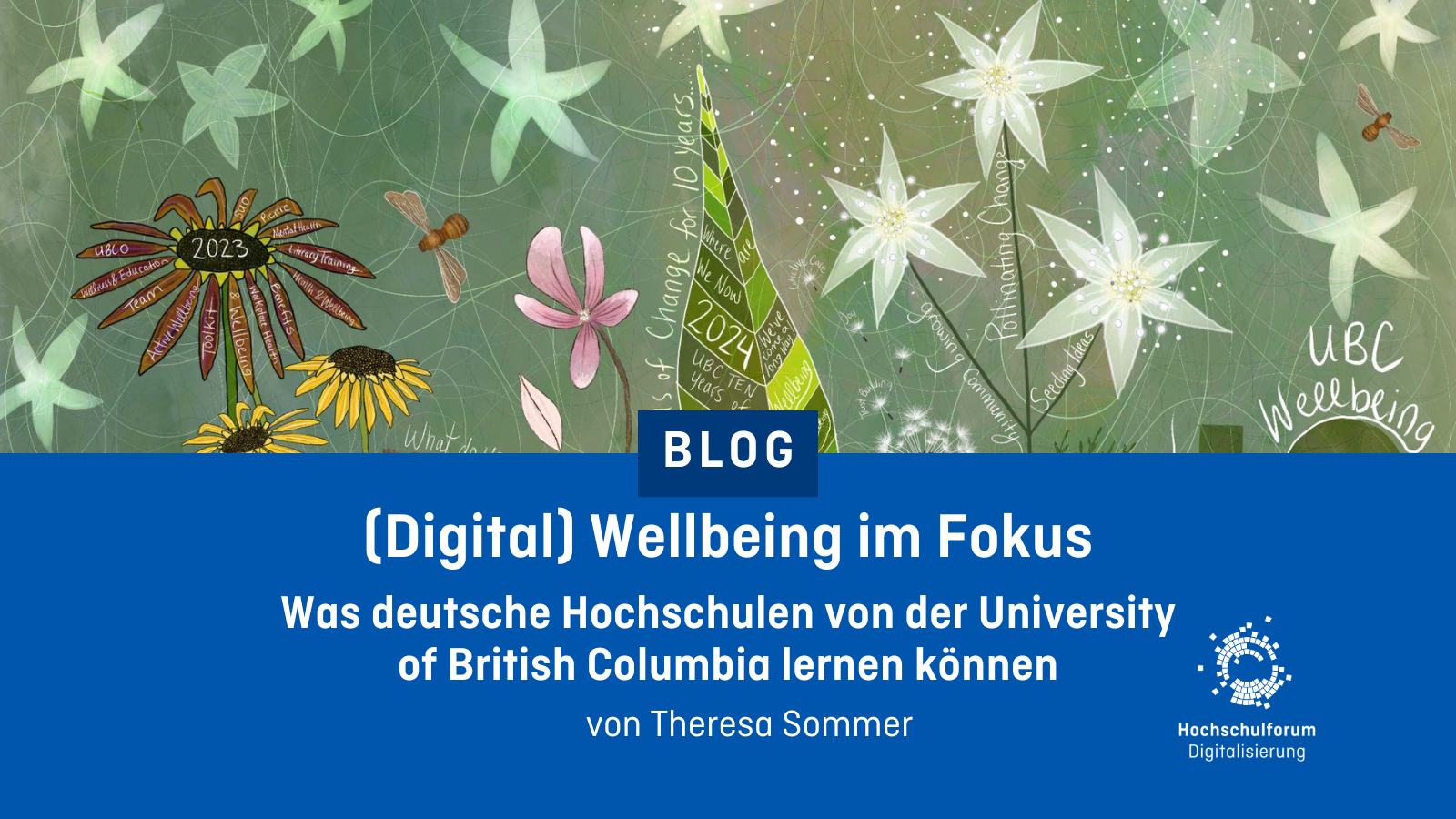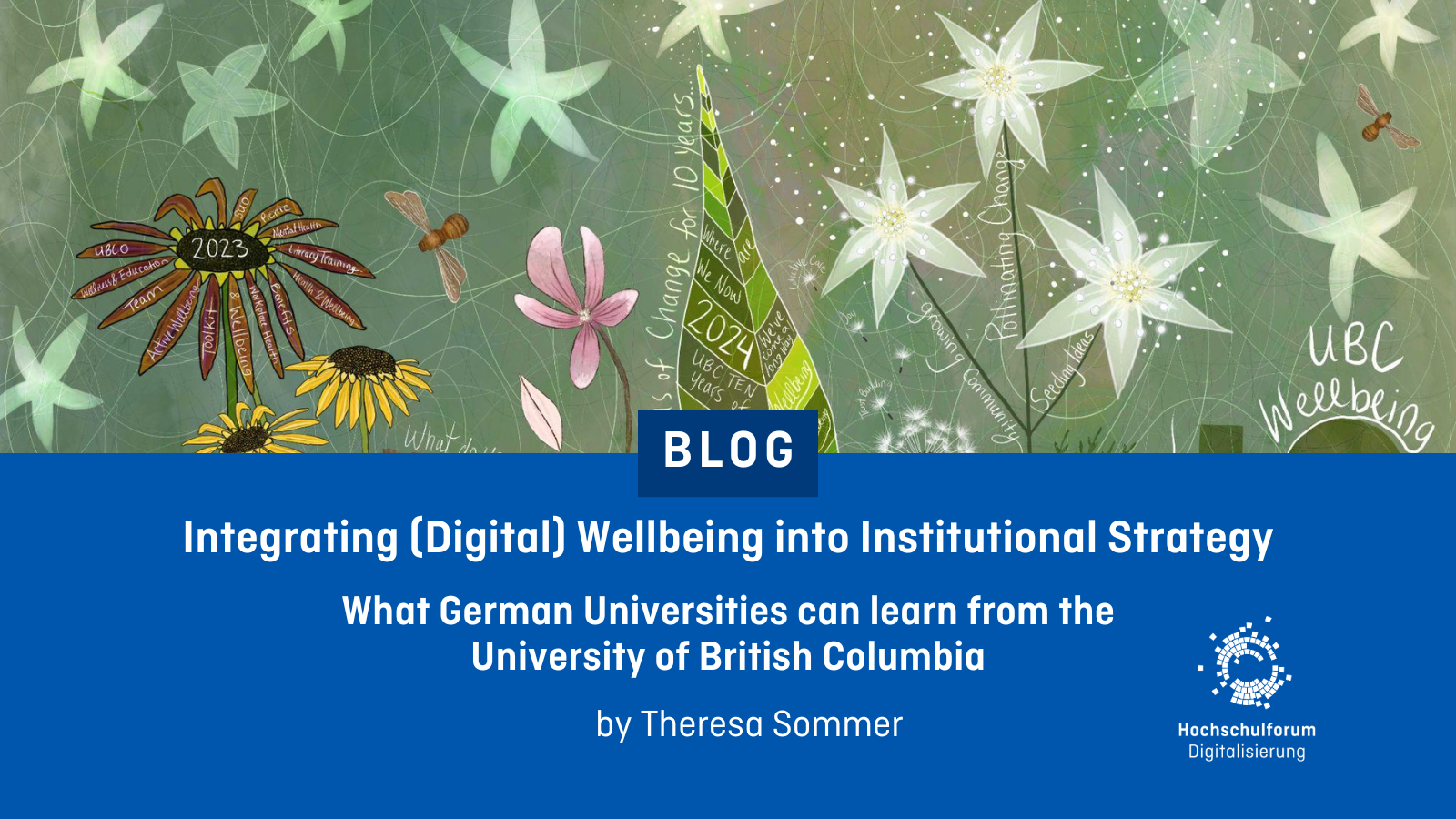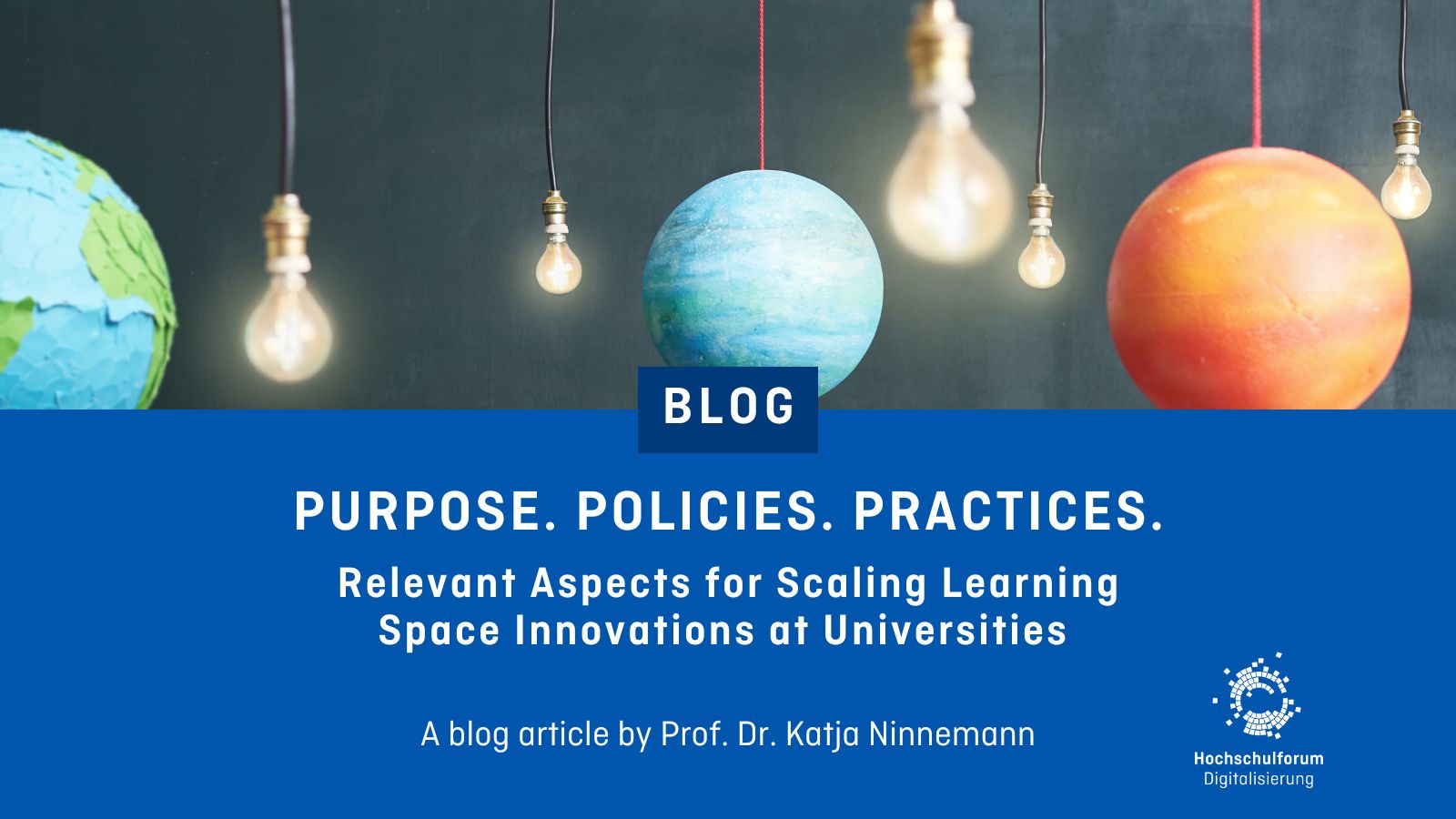Gender & Diversity Reflexivity in Digital Teaching. Thoughts on Ad-Hoc Digitization during the Corona Pandemic
Gender & Diversity Reflexivity in Digital Teaching. Thoughts on Ad-Hoc Digitization during the Corona Pandemic
29.09.20
How can diverse skills, resources, prior knowledge, experiences and needs be taken into account in digital teaching? The design of gender- & diversity-reflecting teaching is a cross-sectional task not only in the corona-conditioned exceptional mode. Together with the Network for Gender and Diversity in Teaching we are realizing a blog series in the new thematic dossier accessibility & diversity which is intended to provide suggestions and support for digital teaching. In this article, the authors reflect on the special situation for students and teachers during the recently completed digital semester, examine which measures could prove helpful for the design of the upcoming winter semester under pandemic conditions and present a collection of reflection questions for the preparation of digital courses.
Translated with DeepL. Please excuse any mistakes.
Introductory thoughts
The following considerations were triggered by the ad-hoc digitization of academic teaching during the Corona pandemic in the summer semester 2020 and were developed in collaborative work of the ‘Network for Gender and Diversity in Teaching‘. In this respect, we write with the perspective that this is a temporary situation. At the same time, we are aware that not everything will be the same after the return to classroom teaching. Digitization as a requirement for innovative teaching-learning formats did not just come up with the outbreak of the pandemic.
However, the acute and current need for digital teaching makes it clear what gaps there are in the way many teachers deal with and use digital tools. And we certainly see it as an opportunity to conduct these discussions on a broad basis and to expand our competencies [1] At the same time, we look forward to the time when face-to-face teaching is once again possible. We would not want to miss the direct contact with the students, enriching and spontaneous seminar discussions and working with haptic methods in the long run.
![The old normal - seemingly carefree times for students. The corona pandemic is making the many facets of educational disadvantage clearer on the one hand, while on the other gender and diversity reflectivity helps to adapt digital teaching to the (new) needs and experiences of students. Photo: [https://www.pexels.com/de-de/foto/schreibtisch-freunde-tisch-kuche-4778405/ cottonbro] A group of students sit around a kitchen table.](/sites/default/files/images/blog/pexels-cottonbro-4778405.jpg)
One effect of the ad hoc digitization of teaching, which we observe with concern, is that gender/diversity aspects are neglected or described as a luxury or utopia that must take a back seat in such a crisis situation. At the same time, stereotypes that were believed to have long been overcome are (re)produced in many respects, for example when care and custody obligations are organized almost reflexively in the traditional gendered division of labor. Also, the question of affinity for technology is often not answered according to ability, but according to gender. To be able to see, read and hear, to master the fine motor skills for typing, hours of concentration and the ability to express oneself in writing, to organize oneself and one’s own learning are prerequisites for coping with this change. Thus, a normalization and (re)stereotyping can be observed on many levels. Therefore, from the network’s point of view, it is more important than ever to think of gender/diversity aspects not as an “add on” but as an integral part of teaching, both on the subject and content level as well as with regard to the student body.
This is not a toolbox, but rather a collection of thoughts and illuminates different facets of gender/diversity reflexivity in digital teaching. Our vision is not a complete switch to digital teaching. We understand digital formats as a supplement to already existing methods and offers.We are concerned with the gender-/diversity-reflective and -reflective design of digital teaching as well as with the contents of gender studies, gender and queer studies, disability studies, racism-critical research and a decolonization of universities, etc. as cross-sectional topics of digital teaching. These areas interlock, intertwine, enrich and inspire each other, are not without thinking of each other and are connected in the ‘Network Gender and Diversity in Teaching‘.
Network Gender and Diversity in Teaching
The Gender and Diversity in Teaching Network is an autonomous network of people who work strategically, theoretically and/or operationally in the field of gender and diversity in university teaching and who want to network with each other and cooperate continuously. The network serves the exchange of information as well as cooperation in terms of content and strategy.
Gender/diversity reflexivity
We understand gender/diversity reflexivity as a cross-sectional task, as the systematic perception and consideration of different life situations and conditions of people. Teaching gender/diversity reflective means not starting out from a supposed “norm student”, but from a multitude of differently positioned people who bring along very different skills, resources, previous knowledge, experiences and needs. This is also related to experiences of discrimination and privilege in social inequality structures. These structural inequalities and individual differences must be recognized and taken into account in the design of teaching. It also means reflecting and adapting the contents and methods of one’s own teaching in order to open up equal educational opportunities for all participants.
1 Attitude and self-concept
The corona pandemic was an absolutely exceptional situation for both teachers and students and was associated with particular strains. For many of them, uncertainty, excessive demands and overwork prevailed. By working from home instead of in the office or library, many university members found their work and private lives and rooms mixed up. Through video conferencing, colleagues, supervisors and students were able to gain an insight into their own private rooms, sometimes even into rooms as intimate as their own bedroom. For many teachers and students, there was and still is no or hardly any time and space gap between (paid) work and leisure time; especially if they do not have a study or their own desk at home.
A ad hoc and long-term (not only individual) handling of these burdens had to be found. It can be helpful to reflect on self-care techniques (e.g. fixed working hours, sports activities, psychotherapy). However, an appeal must also be made to the employer responsibility of the universities to create structural conditions and provide the necessary infrastructure for digital teaching and learning and for working from home. Despite many imponderables and burdens, it is important to maintain an appreciative attitude towards oneself, the students and colleagues.
It was utopian to want to offer a barrier-free, gender-/ diversity-reflecting digital teaching from now on. The focus for most of them was first of all to find their way around the new situation, to familiarize themselves with the digital formats in order to be able to offer teaching at all. Several lecturers called for: “Please do a bad job of putting your courses online! [Barrett-Fox 2020] A fundamentally error-friendly attitude and atmosphere, forbearance with oneself and appreciation of one’s own work was considered the first step and created a good basis, also for self-care [see on the principle of error-friendliness Goel [2017].
2 The students: how to meet hurdles and challenges
The following aspects, problems and proposed solutions have been formulated on the basis of student interviews. For them too, the pandemic was and is an exceptional and sometimes emergency situation. Many classic student jobs (e.g. in the catering trade) will disappear in the long term, resulting in financial hardship. Some students have care obligations or belong to the risk group. The loss of childcare and home schooling severely restricted the freedom to learn. The pandemic brought many uncertainties with it, so that coping with everyday life also required more capacities.
The first weeks were characterized by an increased time and administrative effort for (self-)coordination and technical mastery. Lecturers used different working methods and different information and communication channels. Since communication was initially only digital, there was a flood of e-mails and the (felt) need to be permanently available, also for fellow students. For example, work groups organized themselves via WhatsApp or similar channels, adhered to ‘core working hours’ and set up video conferences after 8 pm. This posed a great challenge not only to the possibilities of providing services in seminars, but also to the ability to plan the working week. In addition, the lecturers often set the tasks at short notice, which made it difficult to keep track of the workload.
![Why is the camera off? Jörn Loviscach wrote about this in our blog: [https://hochschulforumdigitalisierung.de/de/blog/die-stumme-dunkle-wand-zoom/ The silent, dark wall in zoom] Photo: [https://www.pexels.com/de-de/foto/frau-laptop-surfen-internet-4126725/ Ketut Subiyanto] A woman with an applied face mask is sitting from a desk with a laptop.](/sites/default/files/images/blog/pexels-ketut-subiyanto-4126725.jpg)
Not all students had the technical prerequisites and possibilities to participate in digital education (e.g. no own PC, no stable Internet, no microphone/headset, camera, or even a workstation). Some things will have changed by the coming semester, but it cannot be assumed that all students will be fully equipped by then.
Most of them were inexperienced in using and operating the communication tools. New skills had to be acquired within a very short time, there was no routine in the technical application of online presentations, the creation of audio/video files, the ad-hoc writing of spontaneous thoughts and arguments, etc. It was always assumed that everyone was familiar with the handling of the software and there was no common introduction to the application possibilities at the beginning of the seminars.
Some found it very difficult to structure themselves without attending the seminar, there was no personal exchange with fellow students and lecturers, and there were no regular attendance times.
The students were confronted with a very high workload, as the seminar plans were not adapted to the digital format, but were often adopted one-to-one. In the meantime, experience has shown that the workload in digital teaching should be reduced by 30-50% compared to planning in attendance. This clearly showed who had already developed their own learning methods and strategies for dealing with excessive demands. Students were rarely closely accompanied, so that students stayed away from the seminars without being discussed.
In the beginning there were few answers to questions of data protection and privacy. In order to bring everyone up to date, the software used would have to be discussed again in each seminar. It should be guaranteed in the interest of all that the privacy of the students is protected, e.g. by deactivating private chat, image recording and sound recording. Students should be free to decide whether to activate their camera. Also about possibilities of intervention, if encroaching and cross-border situations occur, should be discussed and informed in advance. For this purpose, it could be helpful to work with a netiquette.
As further constructive possibilities, the students proposed to offer various examination formats. Writing essays, making presentations, producing audio pieces, or reflecting with the help of a portfolio, different skills can be applied. These skills can be developed in a flexible time frame, which allows students to better balance their studies with their everyday commitments. The creation of transparent information also enables students to better plan the semester and the work that needs to be done. Feedback on exams and the exchange of information about teaching/learning methods is also important to many in digital teaching.
All in all, it was a challenging semester for the students as well, and the feedback is valuable information for planning the coming semester.
3 The teachers: Experiences and reflections
Exchange, networking and mutual support were more valuable than ever in the 2020 summer semester. Often we were faced with similar hurdles, time and again the situation of the others broadened our own perspective, and the willingness to search for solutions together was high. Since the following aspects have turned out to be central, they are mentioned here and are partly discussed in more detail in other (still following) articles.
The implementation of gender-/diversity-reflective teaching is fundamentally hampered by the fact that universities specify both learning platforms and e-conferencing tools. Not all tools or default settings allow the name and pronoun to be entered independently and not to be taken from the account or e-mail identifier. In addition, there are questions about data protection and data security, which often leave the lecturers alone, or on whose guidelines the use of certain platforms is decided by the university.
Digital teaching and its application tools are often unknown territory, some had never worked with digital methods before. The ad-hoc training or the acquisition of new skills required a lot of time and expertise, which few of us already had. Training, also taking into account gender-/diversity-reflecting issues, would be helpful.
Assessing which workload is appropriate, sufficient and not excessive proved to be very difficult. Lecturers are faced with the dilemma of not wanting to overburden some and not giving others the impression that nothing is happening. With regard to the burden of the examination, care should be taken to ensure that the deadlines for submissions are equalized.
Teamteaching is an interesting and often good option to relieve the lecturer of the simultaneous moderation in online sessions. Synchronous formats can also be better monitored and coordinated in pairs because many different things need to be kept in view and different expertise can/must be brought in at different points.![In addition to digital tools, teachers need to learn new skills for recording instructional videos. Photo: [https://www.pexels.com/de-de/foto/frau-kreativ-kamera-schreibtisch-4476369/ Karolina Grabowska] A woman sits at a desk and speaks into a microphone, being recorded by a camera.](/sites/default/files/images/blog/pexels-karolina-grabowska-4476369.jpg)
Collegial counseling would be very helpful under the given circumstances, but is more difficult to realize than usual due to the tight schedule. However, colleagues could easily join a seminar session by appointment and provide feedback afterwards. Obtaining regular and anonymous feedback from students is also more difficult than in classroom sessions. But it is necessary and helpful to 1) check the students’ learning progress and their opportunities to participate and join in and 2) to get an assessment of the teaching methods used and their appropriateness for the course.
The status, i.e. the different positions in the university business, are a prerequisite for many privileges and at the beginning of the semester it was determined who got which access to online tools and licenses. Fortunately, this has changed in the meantime. However, the lecturers were hit hard, since the fees only remunerate the seminar and do not pay for preparation and follow-up times. In addition, the involvement in departments and work contexts often proved to be decisive for the passing on of information and the strengthening of self-image. Uncertainty about the future of temporary project and qualification positions also put many in a very precarious situation. In the meantime, it has been decided that the qualification period will be extended and some project funding has also been extended. However, this often only applies to the one semester.
In addition to the requirement for gender and diversity reflecting seminar design in the digital space, content challenges remain in the different disciplines if the approaches, perspectives and theories of Gender and Diversity Studies are not part of the curriculum. For lecturers who are looking for literature references in this regard, the gender curricula of the Network Women’s and Gender Studies NRW can be helpful.
Communication as a whole is facing new challenges. The questions are not new, only the space in which they become relevant is not familiar. Dominant behavior in online seminars, but also in asynchronous formats (e.g. forum discussions) should be addressed, even if the forms of intervention or regulation are not yet routinely implemented. Furthermore, it is possible to involve the students and articulate the responsibility for good and respectful interaction as a task for all. The participatory design of a netiquette could be a first starting point here.
![Communication in analog as well as digital space must be well moderated. Picture: [https://unsplash.com/photos/5QgIuuBxKwM Headway] Gesticulating hands in front of a laptop.](/sites/default/files/images/blog/headway-5QgIuuBxKwM-unsplash_0.jpg)
The upcoming student body is the Corona graduating class. The many facets of educational disadvantage have become more obvious with the lockdown. We should also take this into account when planning future teaching.
4 Reflection questions for the preparation of courses
Goals
-
- What can/would I like to achieve this semester?
- What are my own resources? What demands and needs of the students can I meet?
- Which teaching and learning goals are set by study and examination regulations or module descriptions? Are there any further specifications, e.g. from superiors?
- What scope of action/decision making do I have due to my position?
- Which position does my course take in the curriculum? Is it a compulsory or optional course? Is the course relevant for the examination? What freedom of design do I have with regard to the examination format?
Digital self-presentation
- How much of my private space (living room furniture, pets, children, distractions, etc.) do I want to make visible?
- How do I deal with (my) technical uncertainties? How do I deal with content-related ?
Teaching/Learning goals
- What are my teaching / learning goals?
- Could they be the same as in classroom teaching, both quantitatively and qualitatively?
- How does the group dynamics develop?
- Are reflection tasks and abilities more difficult to achieve ?
Target audience
- For which students do I design my teaching?
- How do I know which students I am dealing with?
- What can I expect from the students?
- How diverse is the group of students? What hurdles could arise for the students?
- What problems do students also face in relation to the pandemic? What conditions and opportunities do my students have to fully participate in teaching?
- What requirements do the students have in terms of digital teaching and learning settings? Are my students equipped with all the necessary digital skills and infrastructure or do they need extra time to learn the new formats?
Limitations and support options
- How do I deal with my own limits? Do I perceive them? Where can I get help?
- When do I plan free time for myself and times when I am not reachable?
- How can I take good care of myself physically, psychologically and mentally?
5 Outlook
Nobody knows exactly what the coming semester will bring. Many universities are striving to offer classroom teaching at least for the introductory phase and the master’s programs. Nevertheless, most teachers are preparing for another digital semester. gender-/ & diversity-reflecting content and structures in university teaching will become more relevant.
[1] For the collegial exchange we would like to thank Mary Shanyien and the forums education and digitization of the Gesellschaft für Medienwissenschaft, whose discussion paper on university operations under Covid-19 conditions we greatly appreciate this as an important scientific perspective on digital teaching.








 Theresa Sommer
Theresa Sommer 

 Katja Ninnemann
Katja Ninnemann 